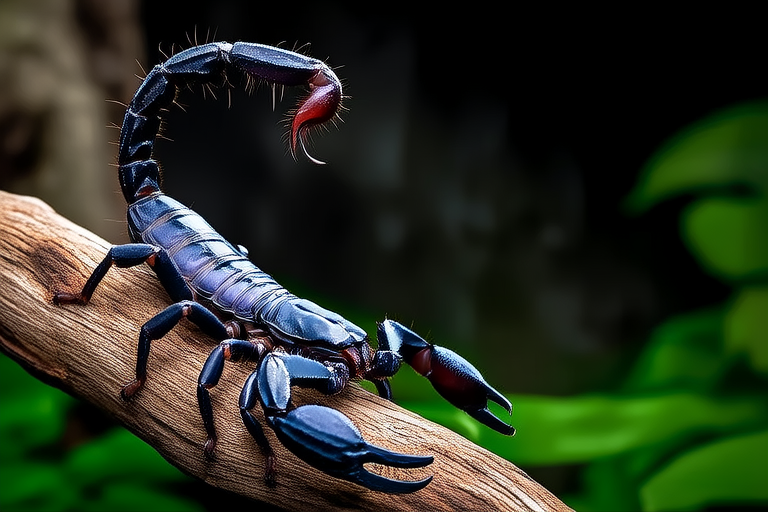From Fear to Fascination: Discover Why Heterometrus Spinifer Deserves Our Respect
Heterometrus spinifer, commonly known as the Indian forest scorpion, is a fascinating arachnid that has long been misunderstood and feared by many. This article aims to shed light on the unique characteristics of Heterometrus spinifer, dispelling myths and highlighting its critical role in maintaining ecological balance. By understanding the anatomy, habitat, behavior, and ecological significance of this species, we can foster respect and appreciation for Heterometrus spinifer and encourage coexistence.
Anatomy: A Masterpiece of Adaptation
The anatomy of Heterometrus spinifer is a marvel of evolutionary design. Its segmented body consists of two main parts: the cephalothorax and the abdomen. The cephalothorax houses the eyes, mouthparts, and sensory organs, while the abdomen contains the digestive tract and reproductive organs. One of the most striking features of Heterometrus spinifer is its powerful pincers, which are used for capturing prey and defense. The venom glands, located near the base of the tail, produce a potent neurotoxin that immobilizes small animals. Interestingly, the venom of Heterometrus spinifer is not harmful to humans, making it less dangerous than popular belief suggests.
The exoskeleton of Heterometrus spinifer
